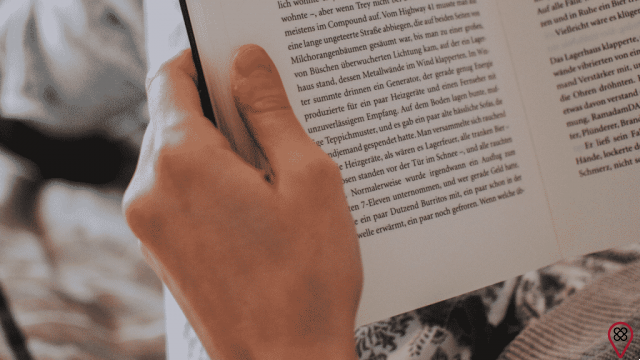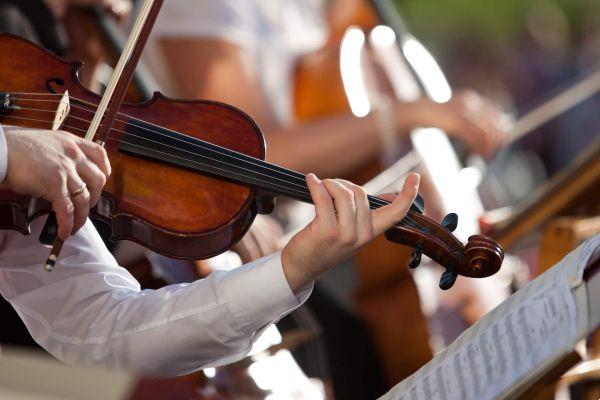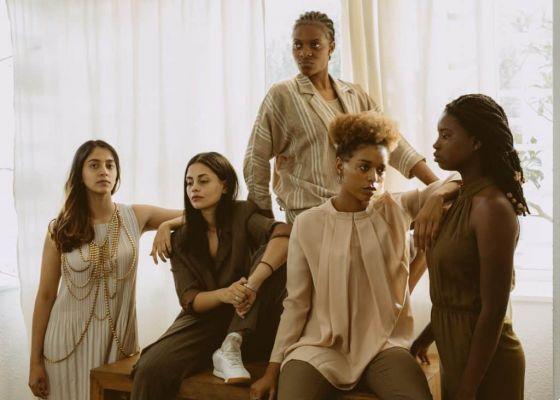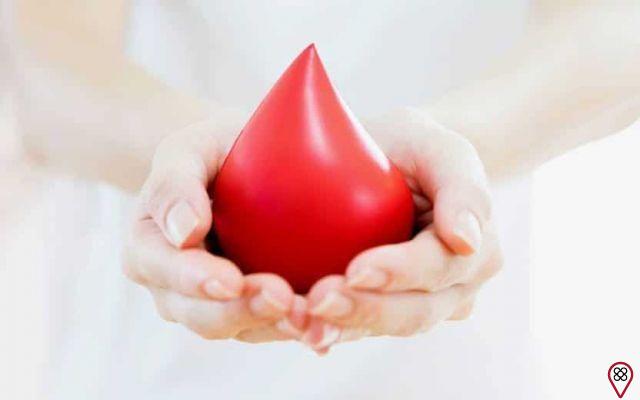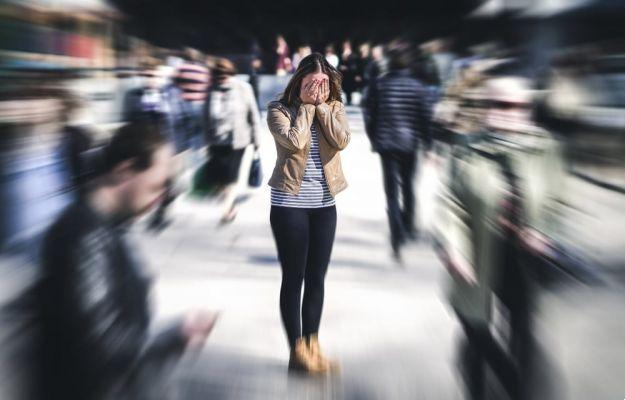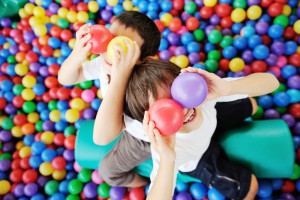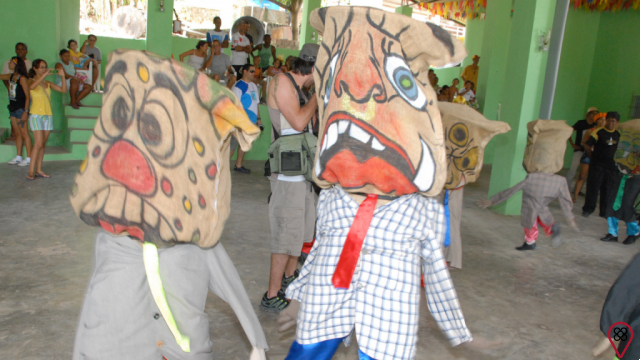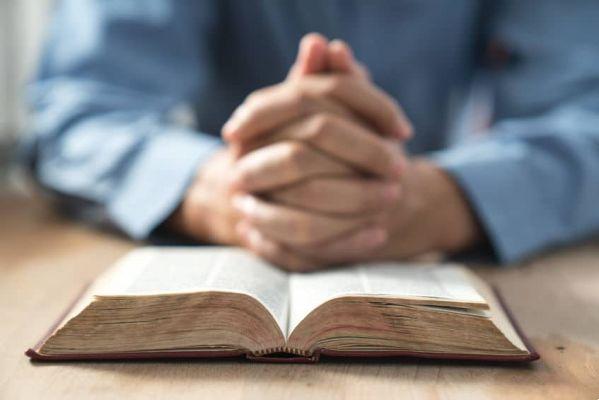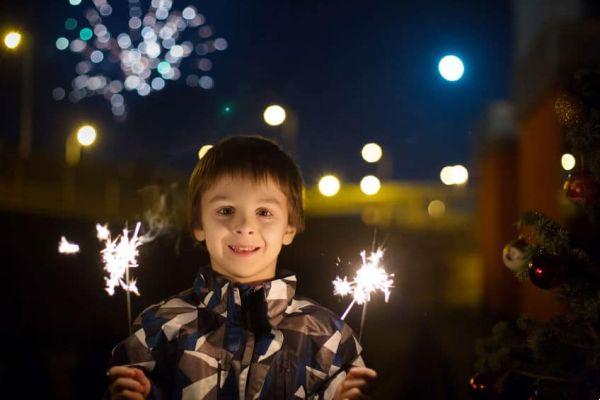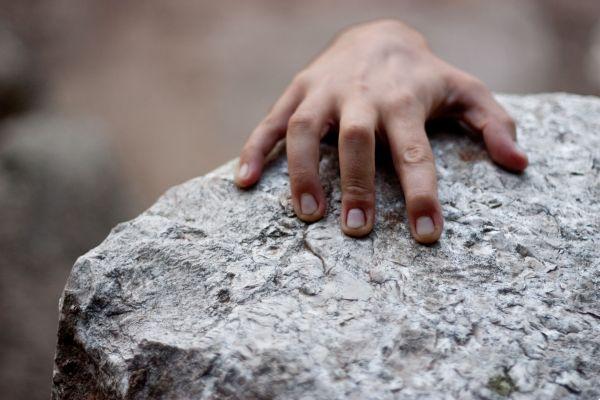Have you ever heard of Montessori School? It is a pedagogical method that originated in Italy and which differs from the others because it is based on three pillars: education for peace, education is science and cosmic education, and all this happens from self-education, a fundamental element of Montessori teaching methodology.
Maria Montessori, an Italian, graduated in medicine, but who worked with children with special needs was the one who introduced this pedagogical method in Europe and later it was disseminated throughout the world.
Basic principles of Montessori pedagogy:
- Education for peace: passing on knowledge is not the only purpose, the biggest challenge is for children to understand how this knowledge should be used in society.
- education is science: child development and learning evolution is based on scientific precepts.
- cosmic education: the principle of everything is individual spirituality, but without any religious connection. It is necessary to respect the relationship between nature and human society.
Children are divided into groups of different ages, up to three years apart, for example: from 1 to 3 years old; from 3 to 6; from 6 to 9 and from 9 to 12. Learning is individual, but socializing with other children is of paramount importance for the development of each one. Furthermore, living with peers up to three years apart can bring children together different ages, but with the same needs.

The methodology is based on the principle of self-education, that is, the child himself will give signals when he is ready for the next stage of learning. In order for it to occur naturally, all materials used in the classroom are within reach of children, so that they can handle them with ease. Once the element is part of the child's understanding, it is replaced by something more complex, and so on. For example: the first material that children have access to contains only the primary colors, after they start to decipher these colors, a new material with a larger color chart is presented. And in this step by step, knowledge goes deeper. Most of the materials adopted in the classroom were developed by Maria Montessori.
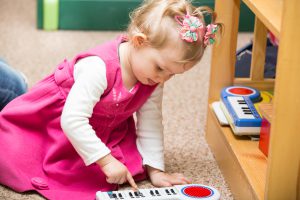
In this case, the teacher works as a guide. Perhaps his task is even more valuable within this segment. Although it is a model of self-education, it is up to the teacher to induce the child to adhere to this method, observe who has evolved, who is having difficulty evolving and help him or her to organize the materials, so that the children can easily handle them and all other common processes within a classroom. It takes sensitive perception to become a Montessori Guide.
Does it work for my child?
This method was adopted by William and Kate Middleton for little Prince George, 2 years old. The monarch began his studies at a Montessori school, according to Kensington Palace.
But what about your child, does it work? It's a family choice. It is important to emphasize that this method seeks, in addition to teaching the basic subjects, to form a citizen with freedom to make choices and assume them. That is, students know that a choice demands responsibility, in addition to a series of other personal postures.
Text written by Natália Nocelli from the Eu Sem Fronteiras Team



